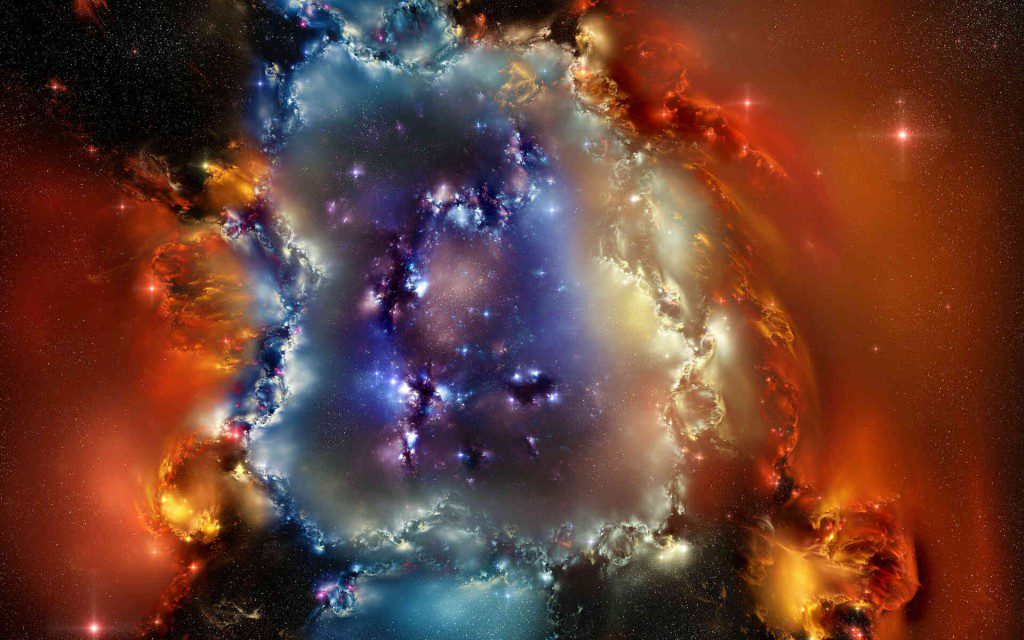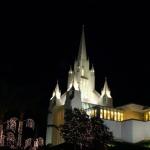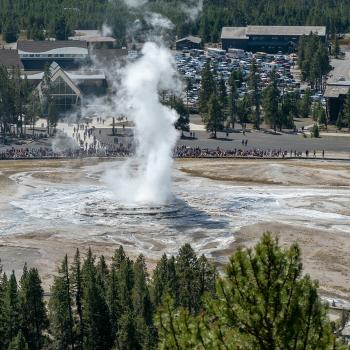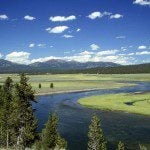
As I noted yesterday, I’ve recently been reading work by the late Israeli-American mathematician, statistician, and historian of science Dr. Amir Aczel (d. late 2015, of cancer), who is probably most widely known for his bestselling 1997 book Fermat’s Last Theorem.
Here’s a passage from Amir D. Aczel, Why Science Does Not Disprove God (New York: Willam Morrow, 2014), 2-3:
As a science writer concentrating on mathematics, physics, and cosmology, I have marveled myriad times about what to me is one of the greatest mysteries of all: how, within the immensely hot and dense “soup of particles” that constituted our universe, a fraction of a second after the Big Bang, the quarks suddenly gathered in threes: two “ups” and a “down” to form protons and two “downs” and an “up” to form neutrons. How was it ever possible, I have asked myself, that the charges of these quarks turned out to be exactly 2/3 for an “up” and -1/3 for a “down” — with not even the tiniest of tiny errors, so that the proton would miraculously match the opposite charge of the electron (-1) and the neutron’s charge would be precisely zero: just what is necessary to form atoms and molecules? How did such an incredibly improbable event ever happen without some calculated act of creation? And further, how did the masses of the elementary particles turn out to have the perfectly precise ratios needed so that our world of atoms and molecules could exist at all? How did the forces of nature — gravity, electromagnetism, and the weak and strong nuclear forces acting inside nuclei, as well as the mysterious “dark energy” that permeates space — receive just the right strengths they need to maintain a universe that has the required stability and neither collapses onto itself nor explodes before life has had a chance to evolve? It is hard to imagine all this happening just by chance.
Compare this item, from the Anglo-Australian astrophysicist Dr. Paul Davies, AM (Member of the Order of Australia), who is currently a professor at Arizona State University:
Scientists are slowly waking up to an inconvenient truth – the universe looks suspiciously like a fix. The issue concerns the very laws of nature themselves. For 40 years, physicists and cosmologists have been quietly collecting examples of all too convenient “coincidences” and special features in the underlying laws of the universe that seem to be necessary in order for life, and hence conscious beings, to exist. Change any one of them and the consequences would be lethal. Fred Hoyle, the distinguished cosmologist, once said it was as if “a super-intellect has monkeyed with physics.”
To see the problem, imagine playing God with the cosmos. Before you is a designer machine that lets you tinker with the basics of physics. Twiddle this knob and you make all electrons a bit lighter, twiddle that one and you make gravity a bit stronger, and so on. It happens that you need to set thirtysomething knobs to fully describe the world about us. The crucial point is that some of those metaphorical knobs must be tuned very precisely, or the universe would be sterile.
Example: neutrons are just a tad heavier than protons. If it were the other way around, atoms couldn’t exist, because all the protons in the universe would have decayed into neutrons shortly after the big bang. No protons, then no atomic nucleuses and no atoms. No atoms, no chemistry, no life. Like Baby Bear’s porridge in the story of Goldilocks, the universe seems to be just right for life.
Posted from San Diego, California












